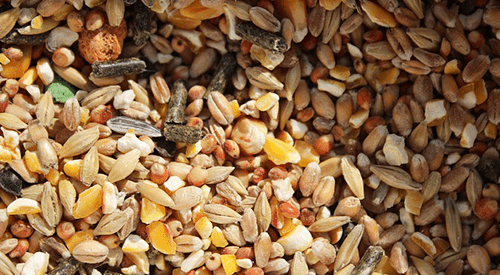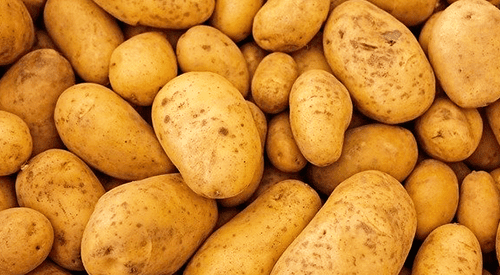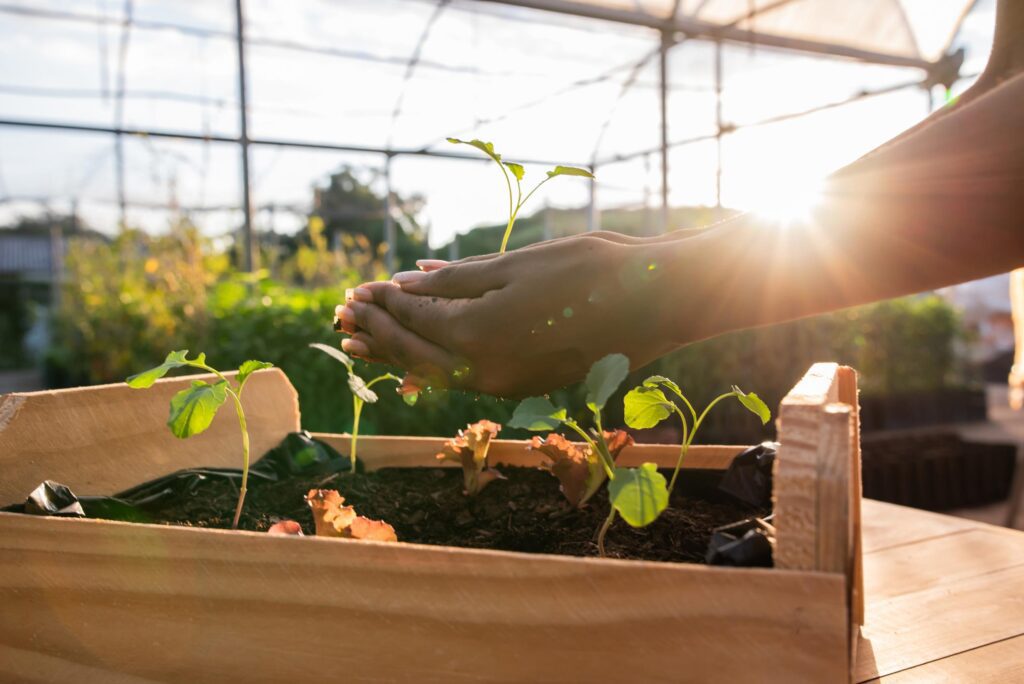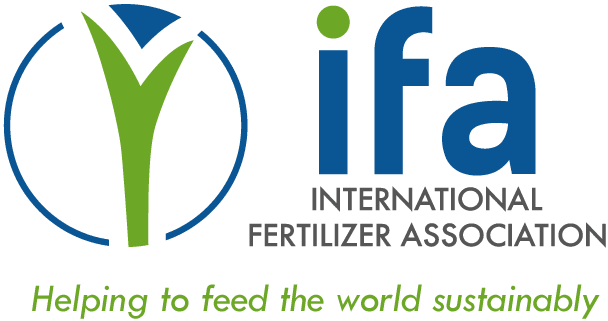Agronomic Biofortification Programs and Their Potential to Overcome Global Iodine Deficiencies
Dr. Katja Hora, Specialty Plant Nutrition Research Manager at SQM, talks about why iodine is so important for the human diet, the role of food that has been biofortified with fertilizers and how Italy is leading the way in commercialization of the concept.
As the recently published report from the CFS’s High-Level Panel of Experts on Food Security and Nutrition highlights, a large part of the world’s population is currently not getting enough nutrients in their diet, making them more susceptible to disease, while these numbers are likely to increase significantly as a direct result of the current COVID-19 crisis.
Why is tackling iodine deficiency so important?
In many parts of the world people don’t consume enough iodine through their diet. This is the root cause of iodine deficiency, which continues to be an important public health problem, in both developing and developed countries. Approximately 30% of the world’s population remains at risk of it.
Humans need iodine to produce thyroid hormones. Because the body does not make iodine, it is an essential nutrient in our diet. The human body has a high turnover of iodine and needs to consume 150 microgram of iodine per adult person per day. Pregnant and breast-feeding women need more: 220-290 micrograms. Iodine is normally found in dairy, eggs, meat and in seafood. However, even if these foods are a regular component of the diet, the intake of iodine is typically less than the daily need. Vegetable and grain crops do not contain much iodine, due to the low availability of iodine in soils, and a very low concentration of iodine in rain and irrigation water.
Most countries therefore have programs to increase the dietary intake of iodine by adding it to table salt, or to salt used for baking bread. This has successfully reduced the most severe symptoms of iodine deficiency like goiter (swelling of the thyroid gland in the throat) and cretinism (congenital and irreversible stunting of the body and intellect of children born from severely iodine deficient women). Despite the existence of iodized salt programs, mild to moderate iodine deficiency is still globally prevalent. This causes subclinical (often undiagnosed) iodine deficiency disorders in the form of hypothyroidism (less effective energy metabolism), and the loss of IQ-points in infants (up to 15 points).

How can biofortification through fertilizer application help to overcome iodine deficiency?
The consumption of agronomically biofortified grain-based food or vegetables can supply between 15-30% of the daily required intake of iodine; this works well alongside iodized salt provision, which aims to supply 50% of the daily need. The remaining iodine is supplied through the consumption of cow’s milk, eggs or ocean fish.
Agronomic biofortification with iodine through the foliar application of potassium nitrate-based fertilizers has recently been proven to be an effective tool to increase the concentration of iodine in staple food grains, flour milled from these grains, and bread or cookies prepared with this flour. The possibility of agronomic biofortification with iodine in fruiting and leafy vegetables was proven earlier. In addition, iodine from agronomically biofortified foods is accessible for intake after digestion, and its consumption increases iodine levels in the human body.

What programs are currently in place for implementing agronomic iodine biofortification worldwide (if any) and what can be done to ensure its more widespread implementation?
The concept of agronomic biofortification with iodine dates back to the early decades of the 20th century, coinciding with the first publications of iodine prophylaxis as a cure for iodine deficiency disorders. Nowadays, Italy is ahead of other countries as it implements the agronomic iodine biofortification of potatoes. These branded, iodine-containing potatoes have been produced exclusively for Italian supermarkets since 2015.
More widespread implementation is dependent on country-specific collaboration between government institutions and private sector partners in working groups. This made it possible to introduce the agronomically biofortified iodine potato in Italy, which has now been expanded to include selenium-rich carrots and potatoes in Italian supermarkets as well. Agronomic biofortification with this other micronutrient, selenium, in Finland, is another well-documented example of a successful collaboration between different stakeholders in a food system, from fertilizer suppliers to consumers.
SQM is a supporting partner in the HarvestZinc and Iodine project, where agricultural universities, CGIAR research stations, and fertilizer companies have united to prove the concept of agronomic biofortification with potassium nitrate-based foliar applied fertilizers in rice and wheat. The next step is to build case studies in different countries, to showcase agronomic biofortification as a viable and cost-effective tool in programs preventing iodine deficiency disorders. This can be a starting point to develop, together with ministries of agriculture and nutritional institutes, a process for the authorized use of iodine containing fertilizer formulas.
What further research into agronomic iodine biofortification do you think is needed?
The technical possibilities of agronomic biofortification with iodine have already been established thanks to the efforts of all partners in the HarvestZinc and Iodine project. Further research is now required to implement the concept, which will need country specific validation of the application timing and concentration of iodine in fertilizers, on locally grown crops and cultivars in a way that fits into local agricultural practice. For example, where chickpea or yams are the staple food for a population, the concept can be extrapolated with straightforward dose-range and application timing studies in those crops. This will determine the most efficient method to reach the desired iodine concentrations in these foods and is needed to develop the country-specific guidelines for use of iodine containing fertilizers to prevent iodine deficiency in the population.

